#pintura textil / fabric painting
Explore tagged Tumblr posts
Text
Probando agujas para bordar sobre pintura
Probando agujas para bordar sobre pintura textil
Tres agujas 🪡 para bordar sobre pintura Estoy bordando un banderín pintado con pinturas de la marca mexicana Createx, en su línea Tersacolor (compradas en Variedades Evita, San Miguelito). Esta pintura plastifica ligeramente el tejido dificultando el paso de la aguja y el hilo. Hay que hacer presión para que la aguja entre y corra por la tela. ¿Qué aguja corre mejor? El banderín pintado y…
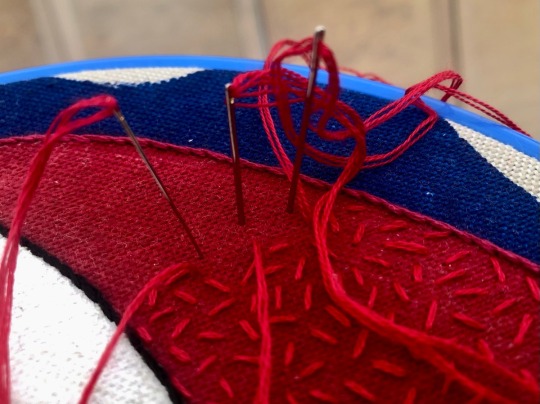
View On WordPress
#aguja#autoaprendizaje#bordado#bordado a mano#bordar#crafts ideas#hand embroidery#handembroidery#hazlo tú mismo / DIY#manualidades#pintura Createx#pintura Tersacolor#pintura textil / fabric painting#tela / fabric
1 note
·
View note
Photo

Fabric Painting. Wearable Art. Art on Clothing. Pintura en tela, Arte en ropa. / Sandra Rede 2020 www.sandrarede.com Instagram & TikTok @sandrarede
#abstract art#arte abstracto#fabric painting#pintura en tela#wearable art#arte en ropa#Sandra Rede#textil art#arte textil#art on tumblr#arte en tumblr#abstrakte kunst#абстрактное искусство#추상��술#arte astratta#抽象主义#抽象芸術#فن تجريدي#abstrakt kunst#wip art#handpainted clothing#ropa pintada a mano#intuitive art#painting#pintura
47 notes
·
View notes
Photo










CAIS
TEXTILES PROJECT.
Photography, collage and drawing; different experiments with textiles; making of a kimono.
Fotografia, collage e desenho; técnicas diversas de experimentação têxtil; confeção de um kimono.
EN
This project had Margiela’s 2014 Fall Couture collection as primary inspiration. After analyzing the different techniques used in the collection, I resorted to photography to gather inspiration from my surroundings at the time. From these two starting points, I explored several different routes:
- first, I sketched a small collection where I was interested in exploring colour and materials, and that would have a reference to Margiela’s Fall 2014 work;
- second, I experimented with different ways of transforming textiles, mostly with scraps found in the atelier. These techniques involved hand-painting, bundle dying, tie-dye, stamping, sequin embroidery, and others, while using interlining, glue tape generally used for hems, hot air pistol, marble and acrylic paints, water soluble film and different sewing techniques using the sewing machine;
- lastly, inspired by my research, I created a kimono with fabric surpluses, using hand-made stamps in the shape of geometric birds adorned with embroidered wings. The belt and back detail are made of wool threads, sewn together using a water-soluble film.
PT
Este projeto tem como inspiração primária a coleção Fall Couture 2014 de Margiela. Depois de analisar as diferentes técnicas usadas na coleção, recorri à fotografia para me inspirar no ambiente à minha volta, à época. A partir destes dois pontos de partida, explorei diferentes vias:
- primeiro, esbocei uma pequena coleção cujo interesse estava em explorar cores e materiais, e que fosse referência ao trabalho de Margiela no Outono de 2014;
- de seguida, experimentei diferentes formas de manipular e transformar tecidos, sobretudo com recurso a retalhos encontrados no atelier. Estas técnicas envolveram pintura à mão, tingimento com plantas, tie-dye, estampagem, bordado de lantejoulas, entre outras, recorrendo ao uso de entretelas, baba de aranha, pistola de ar quente, tintas marmorizadas e acrílicas, película solúvel em água e diferentes técnicas de costura à máquina;
- por fim, inspirada por toda a pesquisa, confecionei um kimono com restos de tecido, usando estampagem feita à mão, na forma de pássaros geométricos adornados com bordados de lantejoulas, também feitos à mão. O cinto e o detalhe das costas foram feitos com fios de lã, costurados através da técnica da película solúvel em água.
1 note
·
View note
Text
Is Aesthetic Paintings Easy Still Relevant? | Aesthetic Paintings Easy
The Government Building and Art Gallery’s new advertisement ‘Masterpieces’, which appearance 60 iconic art works from the Chandigarh Museum’s affluent collectiion, was appear today by Manoj Parida, Adviser to the Administrator.
The book, he suggested, charge be fabricated accessible at orted day-tripper spots of the burghal to access acquaintance about Museum’s affluent collection.
The advertisement has coloured photographs and anniversary art ignment is accompanied by a textual description highlighting the artful and actual acceptation of the masterpiece. Among those featured are Gandhara sculptures; miniature paintings from the courts of bygone Pahari and Rajasthani kingdoms; avant-garde and abreast Indian works by artists like MF Husain, FN Souza, Satish Gujral; adorning art; attenuate manuscripts; bill dating aback to Kushan and Gupta dynasties and some textiles. The argument has been contributed by Vrinda Agrawal, Tagore National Research Scholar for Cultural Research at the Building and photography of the art works has been done by Girish Nephade.
According to Director of the Museum, the alternative of the art works was not an accessible action as the Building has innumerable outstanding works. The alternative was fabricated on the base of the acceptation of the actual ambience of the work, and additionally it actuality adumbrative of the ortment of the aculating of the Museum.
The book will be accessible for auction at the building gift boutique already it reopens for the visitors.
Is Aesthetic Paintings Easy Still Relevant? | Aesthetic Paintings Easy – aesthetic paintings easy | Pleasant to help my own blog, within this moment I am going to explain to you in relation to keyword. And from now on, this is the 1st photograph:

Easy Things to Paint for Beginner Artists – aesthetic paintings easy | aesthetic paintings easy
Think about impression preceding? is actually in which wonderful???. if you think maybe and so, I’l m demonstrate a few impression once more underneath:
So, if you’d like to secure the magnificent images related to (Is Aesthetic Paintings Easy Still Relevant? | Aesthetic Paintings Easy), simply click save link to save the pictures to your personal pc. They are prepared for transfer, if you love and wish to own it, click save badge on the article, and it’ll be directly saved in your desktop computer.} As a final point if you desire to have new and latest picture related to (Is Aesthetic Paintings Easy Still Relevant? | Aesthetic Paintings Easy), please follow us on google plus or book mark this page, we attempt our best to provide daily up-date with fresh and new pictures. Hope you love keeping here. For many up-dates and latest information about (Is Aesthetic Paintings Easy Still Relevant? | Aesthetic Paintings Easy) photos, please kindly follow us on tweets, path, Instagram and google plus, or you mark this page on book mark area, We try to offer you up grade periodically with all new and fresh graphics, love your searching, and find the perfect for you.
Here you are at our website, contentabove (Is Aesthetic Paintings Easy Still Relevant? | Aesthetic Paintings Easy) published . Nowadays we’re pleased to declare we have discovered an extremelyinteresting topicto be pointed out, namely (Is Aesthetic Paintings Easy Still Relevant? | Aesthetic Paintings Easy) Many individuals searching for information about(Is Aesthetic Paintings Easy Still Relevant? | Aesthetic Paintings Easy) and certainly one of these is you, is not it?
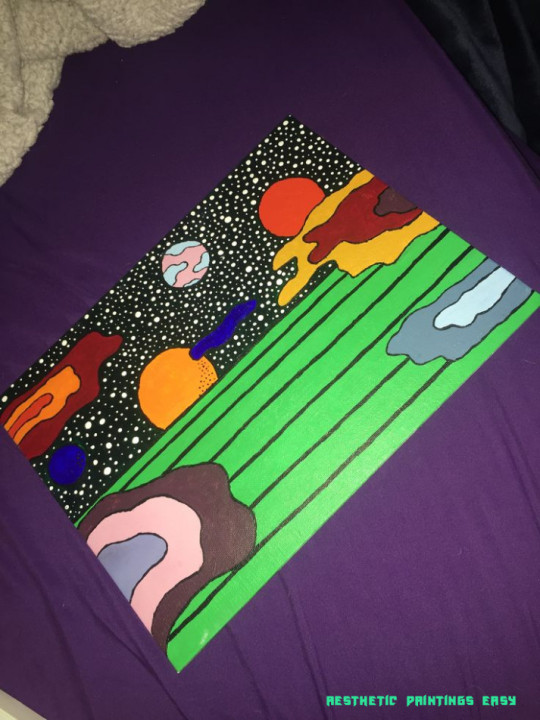
space painting in 2020 | Mini canvas art, Hippie painting .. | aesthetic paintings easy
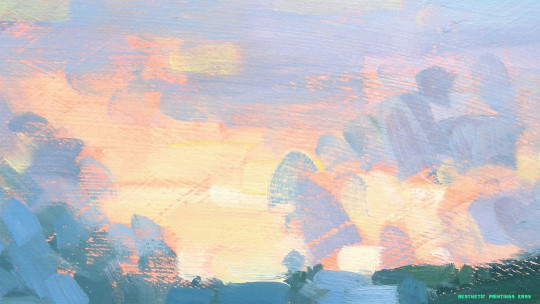
18 simple tips for painting beautiful skies | Creative Bloq – aesthetic paintings easy | aesthetic paintings easy

IMG_5989 Espagne. Barcelone. Musée Européen d’Art Moderne | aesthetic paintings easy

18 Basic Watercolor Techniques for Beginners – Artsy – aesthetic paintings easy | aesthetic paintings easy
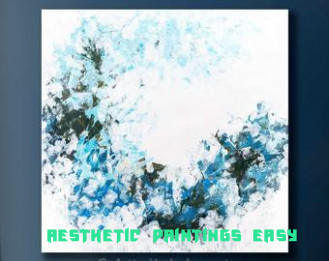
Easy acrylic paintings Aesthetic paintings Seascape Wave | Etsy – aesthetic paintings easy | aesthetic paintings easy
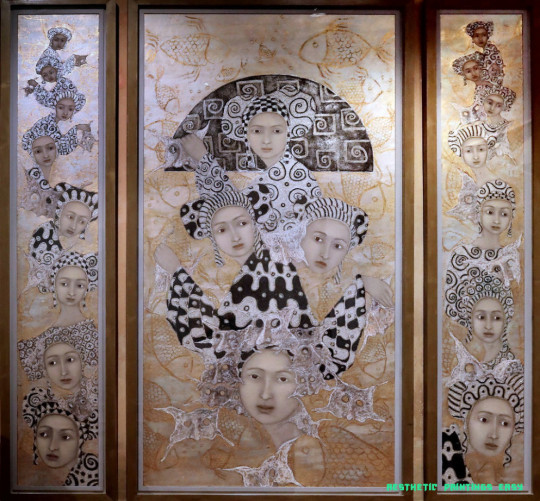
IMG_6003 Maïa Castang 1956 France Composition 2003 Musée Européen d’Art Moderne | aesthetic paintings easy

Pin on ROOM – aesthetic paintings easy | aesthetic paintings easy
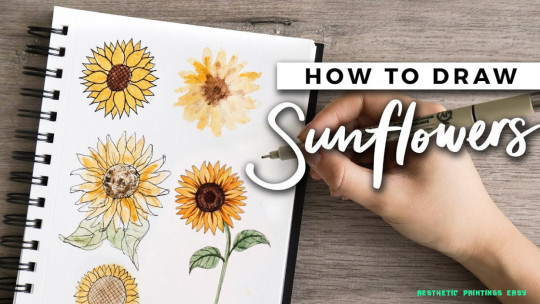
How to Draw Sunflowers! | DOODLE WITH ME + Tutorial! – YouTube – aesthetic paintings easy | aesthetic paintings easy

Aesthetic Artwork/How to draw aesthetic painting/Aesthetic painting ideas/ Creative drawing ideas – aesthetic paintings easy | aesthetic paintings easy

#sunflowers #flowers #yellow #yellowaesthetic #aesthetic # .. | aesthetic paintings easy
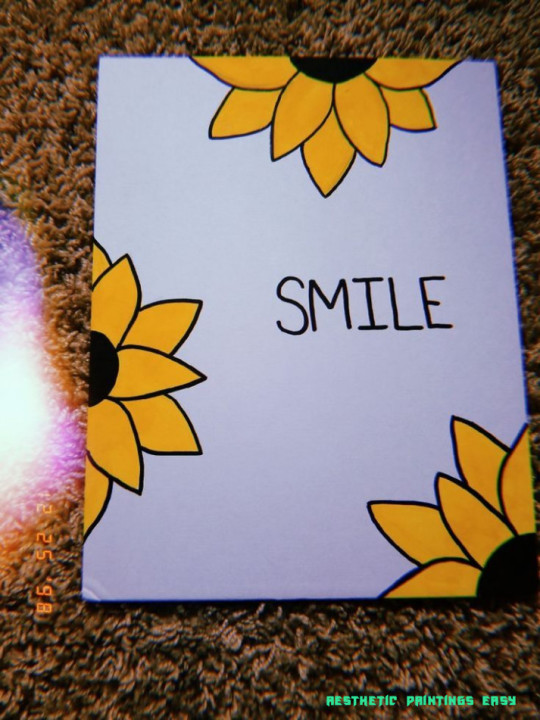
Vsco | Pinturas bonitas, Pintura de tela fácil – aesthetic paintings easy | aesthetic paintings easy

Пин от пользователя Настюша на доске картинки | Искусство на .. | aesthetic paintings easy

40 Easy Acrylic Canvas Painting Ideas | acrylic painting .. | aesthetic paintings easy
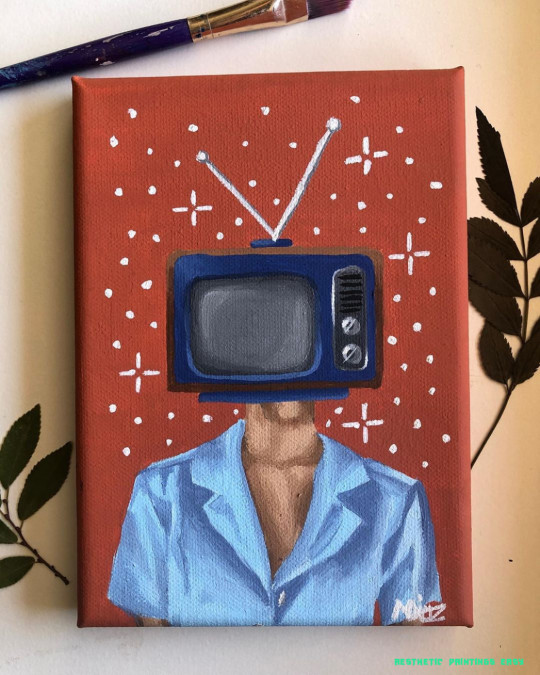
art.mmd on instagram !! pls go give them a like !! | Painting art .. | aesthetic paintings easy
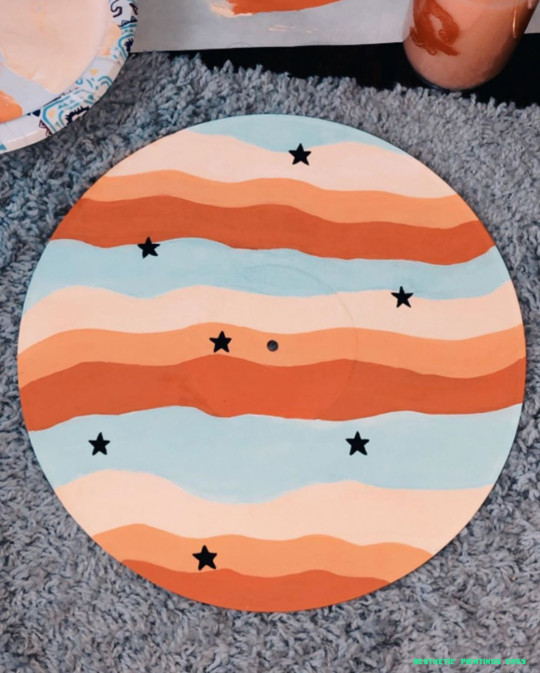
pintrest: @nessaliving instagram: @vanessa_livingston .. | aesthetic paintings easy
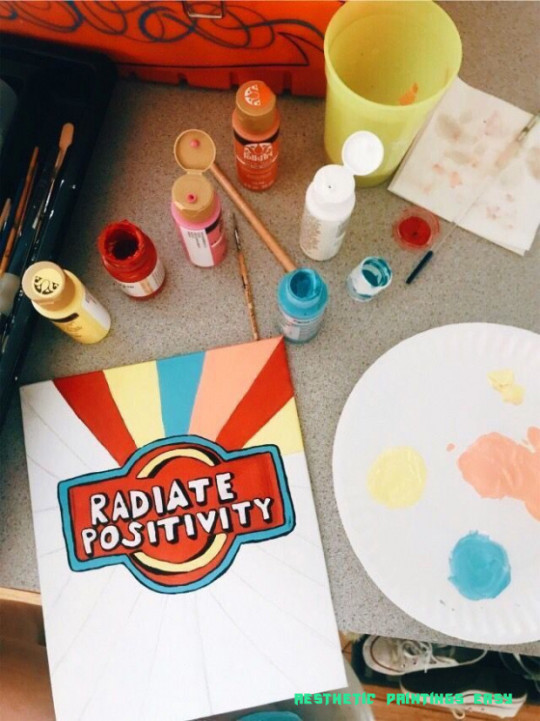
p i n t e r e s t || annalisekphillipss | Cute canvas .. | aesthetic paintings easy

Easy Sunset Acrylic Painting for Beginners / Step by Step Tutorial – aesthetic paintings easy | aesthetic paintings easy
from WordPress https://www.bleumultimedia.com/is-aesthetic-paintings-easy-still-relevant-aesthetic-paintings-easy/
0 notes
Photo

Les comparto algunos términos del arte urbano y graffiti que nos auxilian en la comprensión del lenguaje estético - visual de la calle. // I share some terms of urban art and graffiti that help us in understanding the aesthetic - visual language of the street.
Arte Urbano: Denominamos arte urbano o arte callejero, cuya traducción es literal del inglés street art, a todo el arte realizado en las calles o con referencia a este estilo. El arte urbano además de englobar el graffitti, también acapara otras formas de expresión artística callejera. // We call urban art or street art, whose translation is literal from English street art, to all the art made on the streets or with reference to this style. Urban art, in addition to encompassing graffitti, also monopolizes other forms of street artistic expression.
Graffiti.Una modalidad del Arte Urbano es el grafitti, expresión transgresora del inconformismo y sinónimo de ilegalidad. El gráfitti como Arte intenta transmitir un mensaje, idea o protesta a través de una intrincada y colorida manifestación visual, generalmente anónima. // A form of Urban Art is graffiti, a transgressive expression of nonconformity and synonymous with illegality. Graffiti as Art tries to convey a message, idea or protest through an intricate and colorful, generally anonymous visual manifestation.
Post-graffiti: Desde los años 90 street art es un termino que hemos comenzado a conocer y utilizar, también llamado Post-Graffiti, termino utilizados para englobar el trabajo de artístico en las calles de un grupo de artistas que utilizan diferentes tipos de técnicas (murales, graffitis, plantillas, pegatinas, etc). // Since the 90s street art is a term that we have begun to know and use, also called Post-Graffiti, a term used to encompass the artistic work on the streets of a group of artists who use different types of techniques (murals, graffiti, templates, stickers, etc.).
Técnicas y materiales // techniques and materials
Mural: Es una producción con piezas, caracteres y con fondo. // Mural is a production with pieces, characters and background.
Tag: La forma mas basica del graffiti, compuesto por el nombre del escritor de graffiti. // Tag is the most basic form of graffiti, consisting of the name of the graffiti writer.
Stickers: Son calcomanias con el tag dentro, piezas, caracteres, que se hacen con marcador o pintura. //They are stickers with the tag inside, pieces, characters, which are made with a marker or paint.
Paste up o posters: el paste up es una técnica que se compone de imágenes y textos que pueden ser esténcil o collages sobrepuestos en una superficie para luego pegarlos en una estructura o pared. // Paste up is a technique that consists of images and texts that can be stencils or collages superimposed on a surface and then paste them on a structure or wall.
Stencil. El stencil es una técnica utilizada para replicar, de forma rápida, un mensaje en la calle. Se realiza cortando en negativo sobre un papel o cartón y se replica sobre muro con aerosol. Habitualmente el stencil puede incluir textos o imágenes con temas de origen político o de protesta social. //The stencil is a technique used to quickly replicate a message on the street. It is done by cutting in negative on paper or cardboard and is replicated on the wall with an aerosol. Usually the stencil can include texts or images with themes of political origin or social protest.
Ilustración.La ilustración es la acción y efecto de ilustrar (dibujar, adornar). El término permite nombrar al dibujo, estampa o grabado que adorna, documenta o decora un libro y que ha sido llevado a las calles por las artistas para dar a conocer su trabajo que puede incluír temas de reflexión social o estilos personales gráficos.Il lustration is the action and effect of illustrating (drawing, decorating). The term allows to name the drawing, stamp or engraving that adorns, documents or decorates a book and that has been taken to the streets by artists to publicize their work, which may include topics for social reflection or personal graphic styles.
Textil.Iniciado principalmente como un proyecto de difusión de tejido se convirtió en “craftivismo”: la fusión de algo hecho a mano o artesanal con acciones que contribuyen a una causa político-social. // Textile art. Initiated mainly as a fabric dissemination project, it became “craftivism”: the fusion of something handmade or artisanal with actions that contribute to a political-social cause.
Instalación urbana: Las instalaciones de calles son una forma de arte callejero y arte de instalación. Mientras que el arte callejero convencional se realiza en paredes y superficies, las instalaciones de la calle utilizan objetos tridimensionales ubicados en un entorno urbano. Al igual que el graffiti, generalmente no se basa en permisos y la instalación es efectivamente abandonada por el artista al finalizar. Las instalaciones de calles a veces tienen un componente interactivo. // Street installations are a form of street art and installation art. While conventional street art is done on walls and surfaces street installations use three-dimensional objects set in an urban environment. Like graffiti, it is generally non-permission based and the installation is effectively abandoned by the artist upon completion. Street Installations sometimes have an interactive component. Fuentes:
https://flecha.es/blog/que-es-el-arte-urbano/
https://www.lanacion.com.ar/lifestyle/que-es-el-paste-up-nid2058654
https://abkn164.wordpress.com/category/diccionario/
http://www.at149st.com/glossary.html
https://www.kaosystem.com/graffitis/diccionario
0 notes
Link
Artists: Nancy Shaver, Emi Winter
Venue: Parker, Los Angeles
Exhibition Title: Gathering texture, following shape
Date: February 2 – March 30, 2019
Click here to view slideshow
Full gallery of images, press release, and link available after the jump.
Images:
Images courtesy of Parker, Los Angeles
Press Release:
Parker Gallery is pleased to present a two-person exhibition of works by Nancy Shaver and Emi Winter. Gathering texture, following shape includes recent sculptures by Shaver, together with woven rugs and paintings by Win- ter. Both artists are included in the current exhibition Outliers and American
Vanguard Art, on view at LACMA through March 17th. Nancy Shaver has also created an installation spanning over forty feet for the exhibition One Day at a Time: Manny Farber and Termite Art, on view through March 11th at MOCA Grand Avenue.
In both of their art practices, Shaver and Winter have expressed reverance for the rituals and intimacy of the space we call home. Their works in this exhi- bition do not seek to imitate the domestic but rather to bring the artwork home. The dual usage of Parker Gallery, as an exhibition space and residence, is of particular significance to this presentation, locating the home as a traditional site for the display of art.
Nancy Shaver began her artistic practice in the early 1970s as a photog- rapher, before focusing on found objects as a way to tell stories relating one object to the next. She soon moved away from recognizable objects with the aim of allowing color and abstraction to inform the narrative; distinct groups of shapes and structures began to emerge, constructed with an infinite array of found fabrics, painted paper, wooden blocks and empty containers. Included in this exhibition are examples of Blockers, Boxes and Sentinels, along with three large-scale sculptures offering further variations to the taxonomy.
In 1999, Shaver opened an antique shop in Hudson, NY called Henry. At Henry, one will find handwoven textiles, odd embroided pillows, wooden tools of ambiguous function, and ugly lamps among innumerable indescribable things. There is a certain fluidity between Henry and Shaver’s studio. Objects will occassionally migrate from one to the other. Shaver often chooses to exhib- it her work together with objects from her ever-expanding community of artists and fellow bricoleurs.
This two-person exhibition reveals the alternate embrace and rejection of craft-making principles inherent to each artist’s practice. Emi Winter was raised in Oaxaca, Mexico and works with Zapotec weavers to create rugs that borrow traditional patterns and designs. As an object, a rug is an everyday furnishing that exists equally in the realm of decoration and utility. Working closely with craftspeople from her hometown, Winter maintains a connection to the culture and community. She invents disruptions to the original rug designs to carry their culture into the present, complicating the weaving process with- out straying too far from its origins. Her design interventions reflect the visual disorganization of Victorian crazy quilts, tempered by the rigor of hard-edge geometric painting. Winter’s paintings of roses with scissors offer a parallel contradiction: the depiction of physically incongruous objects that rely on each other to make sense of their shared space.
Gathering texture, following shape will be on view through March 30th. Parker Gallery is open Thursday through Saturday, 12-6pm and by appointment.
Nancy Shaver (b. 1946 Appleton, NY, lives and works in Jefferson, NY). Select solo exhibitions include A part of a part of part, Derek Eller Gallery, New York, NY (2018),Nancy Shaver: Reconciliation, The Aldrich Contemporary Art Museum, Ridgefield, CT (2015), Feature, Inc., New York, NY (2002-2011) and Curt Marcus Gallery, New York, NY (1987-1999). Select group exhibtions include One Day at a Time: Manny Farber and Termite Art, MOCA, Los Angeles, CA (2018), Outliers and American Vanguard Art, National Gallery of Art, Washington, DC (2018), VIVA ARTE VIVA, 57th Internation- al Exhibition of Art, La Biennale di Venezia, Venice, Italy (2017), Greater New York, MoMA PS1, Long Island City, NY (2015), and Robert Gober: The Heart is Not a Meta- phor, MoMA, New York, NY (2014).
Emi Winter (b. 1973 Oaxaca, Mexico, lives and works in South Orange, NJ). Select solo and two person exhibitions include This rock absorbs nothing so the water splashes around it and lands back on itself, Ulterior Gallery, New York, NY (2018),House / Cat, The Suburban, Milwaukee, WI (2016), El Fragmento Completo, Museo de los Pintores Oaxaqueños, Oaxaca, Mexico (2014), Momotos y Tangaras, Galería Quetzalli, Oaxaca, Mexico (2003) and Gráfica, The Chinati Foundation, Marfa, Texas (2001). Select group exhibitions include Outliers and American Vanguard Art, Na- tional Gallery of Art, Washington DC (2018), American Genre: Contemporary Paint- ing, Institute of Contemporary Art at Maine College of Art, Portland, ME, curated by Michelle Grabner (2016) and XV Bienal de Pintura Rufino Tamayo, Museo Tamayo, México DF (2011).
Link: Nancy Shaver, Emi Winter at Parker
Contemporary Art Daily is produced by Contemporary Art Group, a not-for-profit organization. We rely on our audience to help fund the publication of exhibitions that show up in this RSS feed. Please consider supporting us by making a donation today.
from Contemporary Art Daily http://bit.ly/2YcDqYh
0 notes
Text
Hyperallergic: The Timeless Blackness of Balenciaga’s Dresses
Hiro, “Alberta Tiburzi in ‘envelope’ dress by Cristóbal Balenciaga” (1967) for Harper’s Bazaar, June 1967 (© Hiro 1967, courtesy of Victoria and Albert Museum, London)
PARIS — I do not share the unbridled passion for haute couture fashion that some do, but I have gotten excited by certain arty creators like Rei Kawakubo, Alexander McQueen, and early Viktor & Rolf. Now, after seeing the exquisite Balenciaga, l’œuvre au noir show at the Musée Bourdelle, I place at the top of my short list their predecessor: Spanish-Basque couturier Cristóbal Balenciaga’s all-black oeuvre. Balenciaga’s creations, as curated by Véronique Belloir of the Palais Galliera, definitely roused and satisfied me the way the black darkness of Baroque painting does.
Balenciaga’s dark constructions do not appear the least bit dated, perhaps because black is the darkest value of all colors, and not a primary, secondary, or tertiary color — it isn’t even on the artist’s color wheel. As such, black suggests something of the raw energetic formlessness of the black hole or void, and so has something transcendent and timeless about it. That is why black has become a cultural signifier within noise black metal theory and transcendental black metal music. Black is associated with mourning and lunacy (as with Francisco Goya’s Pinturas negras series), power (consider judges’ and priests’ robes or, worse, Mussolini’s Fascist militia the “Blackshirts”), and sophistication (think tuxedos and limousines), but also with what is sharply cerebral and intellectual.
Cristóbal Balenciaga, “Eisa Dress” (1950), silk taffeta, grain line, underskirt in crin over satin organza, stitched ruffle, grain-line folds over draped facing, collection Palais Galliera (© Julien Vidal / Galliera / Roger-Viollet)
Balenciaga (1895–1972) matched that idea of the vivid intellect with his extraordinarily skill as a tailor, innovating the barrel line (1947), the balloon (1950), the semi-fitted suit (1951) — as seen here with “Tailleur” (1952–53) — the tunic dress (1955), and the sack dress (1957). Of course, Coco Chanel is credited for turning black into an essential for the modern woman’s wardrobe in the mid-1920s with her jersey black dress, which conveyed ideals of egalitarianism, efficiency, and modern industrial splendor. But Balenciaga’s idea to focus solely on the color black was brilliant. Shape, volume, and construction are highlighted, as all black reduces body shapes to solid, flat silhouettes. Some painters have learned this from Édouard Manet’s great oil painting “Berthe Morisot au bouquet de violettes” (“Berthe Morisot with a Bouquet of Violets,” 1872) at the Musée d’Orsay.
To accomplish that flattening reduction, Balenciaga would produce a ‘canvas’ that he would manipulate and adjust until he had worked out a perfect version of his drawing. These exceptionally black canvases, generally created in ecru cotton, were cut in light, dry percale or in heavier twill, or sometimes in tarlatan, depending on the model. Full bias or straight along the weft, each section was marked up with notes and crossed with lines whose positions, directions, and overlapping points defined the structure and the construction of the garment.
Installation view of Balenciaga, l’oeuvre au noir at the Musée Bourdelle (photo by the author for Hyperallergic)
That is rather technically astute, but emotionally there is something insightful and inordinate here, too. In the late Middle Ages, black denoted humbleness as adopted by the Black Monks, the Benedictines. In that sense, Balenciaga’s monastic black pieces feel solemn and modest when displayed alongside Antoine Bourdelle’s flamboyant and almost hysterical plaster casts. To open the show, scenographer Olivier Saillard made the most of this dissimilarity in the museum’s Grand Hall by poling some slim dresses up high, bringing to mind the tall and skinny black sculptures of Alberto Giacometti. In other rooms, as counter-points to Bourdelle’s sculptures, Saillard also hid some delicate dresses in big black boxes behind black curtains, which viewers pull back.
Balenciaga, who opened his Paris couture house in 1937, was formally trained in tailoring, and it shows in the beautiful structuring of his silhouettes. Seeing his pure, stark, structured shapes in a sculpture museum makes sound sense. However, I imagine they would be better situated in Brancusi’s Studio in front of the Centre Pompidou, as Constantin Brâncuși’s reductive configurations are much closer to Balenciaga’s lyrical but unembellished, inky shapes than Bourdelle’s sculpture. Still, all couture and all sculpture have similar objectives concerning the balance of three-dimensional proportions.
Cristóbal Balenciaga, “Cocktail Dress” (1967), Cigaline embroidered with plastic sequins and glass beads, collection Palais Galliera (© Julien Vidal / Galliera / Roger-Viollet)
Besides concerns with proportion, there’s a mysterious, indefinable quality here that lends spiritual underpinnings to Balenciaga’s bold black forms. Some even had me thinking of orchestra musicians, who wear all-black so as be invisible, and I think that mysterious quality is part of why Balenciaga is regarded as one of the most influential haute couturiers of the 20th century. He saw and used black as vibrant matter: by turns opaque or transparent, matte or shiny.
Cristóbal Balenciaga, “Chapeau” (1962) gazar over moulded sparterie, collection Palais Galliera (© Julien Vidal / Galliera / Roger-Viollet)
His material interest in black is particularly evident with his lace pieces like “Vest and Robe” (1965–66) or “Cocktail Dress” (1967), the latter of which is embroidered with plastic sequins and glass beads. They both present dazzling interplays of dark light on ‘dark matter.’ Other dresses with more solidly built silhouettes, such as the gazar “Evening Dress” (1963) — my favorite due to its remarkable sensitivity — owe as much to the luxurious quality of the fabrics as to the cut. Gazar was developed by the Swiss textile firm Alexander in collaboration with Balenciaga, who featured silk gazar in his collections between 1960 and 1968. Though I could circle this poetic dress in the museum, it was also wonderful to see its recto/verso differences as depicted in the accompanying “Evening Dress 1963 drawings from the Summer collection” (1963). The radically asymmetrical cut of the waist had me thinking of the way female flamenco dancers pull up their dresses in the front and also of the matador’s capote (cape) work in the opening section of the corrida.
Cristóbal Balenciaga, “Evening Dress” (1963), black gazar, collection Palais Galliera (© Julien Vidal / Galliera / Roger-Viollet)
Other documents and photos from private collections and the archives of Maison Balenciaga accompany the exhibition’s 60 or so finished day suits, jackets, and evening cocktail dresses, some lined with silk taffeta, edged with fringes, and decorated with satin ribbons and sequins. All these pieces are very beautiful, but my preference tilted towards the almost abstract constructions from the winter 1967 collection, as they are pretty far out in a post-human mode. For the head, there are beautiful black hat constructions, such as the floppy, masculine, Basque beret-influenced “Chapeau” (1962) and the elegant, dainty, satin “Calotte” (1960).
Installation view of Balenciaga, l’oeuvre au noir at the Musée Bourdelle (photo by the author for Hyperallergic)
As we see with the drawings and photographs of “Evening Gown, Winter 1967 Collection” (1967), in the late 1960s Balenciaga’s experiments with structure, line, and proportion led him toward a reconstruction of traditional female curves into ever more geometrical and abstract forms — an aesthetic not all that far from the unconventional cyborg costumes of Oskar Schlemmer. The garments’ audacious shapes became more than wrappers, growing to be almost independent of the female bodies they cloaked. With such abstract audaciousness, one grasps why Balenciaga’s sculptural aesthetic — achieved through his perfection of pattern cuts, his explorations of volume, and his attention to detail — was revered by his contemporaries Chanel and Hubert de Givenchy. Audacity, skill, and adventure came together in something like artistic black magic.
Cristóbal Balenciaga, drawings of “Evening Gown, Winter 1967 Collection” (1967) (©Balenciaga Archives Paris)
Balenciaga, l’œuvre au noir continues through July 16 at the Musée Bourdelle (18 rue Antoine Bourdelle, 15th arrondissement, Paris). Balenciaga will also be the subject of the retrospective Balenciaga: Shaping Fashion, which opens on May 27 at the Victoria and Albert Museum in London.
The post The Timeless Blackness of Balenciaga’s Dresses appeared first on Hyperallergic.
from Hyperallergic http://ift.tt/2qe1Vm9 via IFTTT
0 notes
Photo

Detail, Fabric Painting. Wearable Art. Art on Clothing. Detalle, pintura en tela. Arte en ropa. / Sandra Rede 2020 www.sandrarede.com Instagram & TikTok @sandrarede
#abstract art#arte abstracto#fabric painting#pintura en tela#wearable art#arte en ropa#sandra rede#textil art#arte textil#art on tumblr#arte en tumblr#abstrakte kunst#абстрактное искусство#추상미술#arte astratta#抽象主义抽象芸術#abstrakt kunst#wip art#design#handpainted clothing#ropa pintada a mano#intuitive art#painting#pintura#فن تجريدي
20 notes
·
View notes